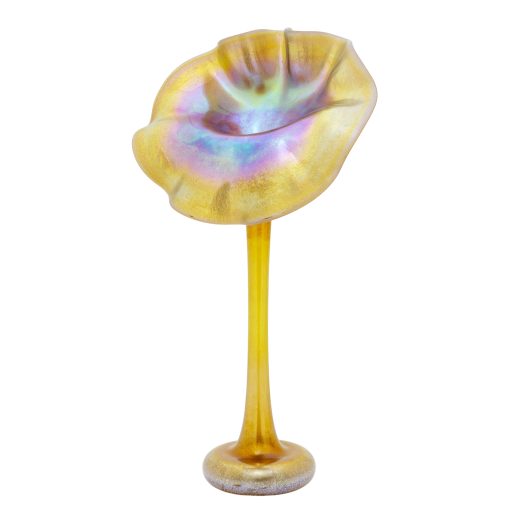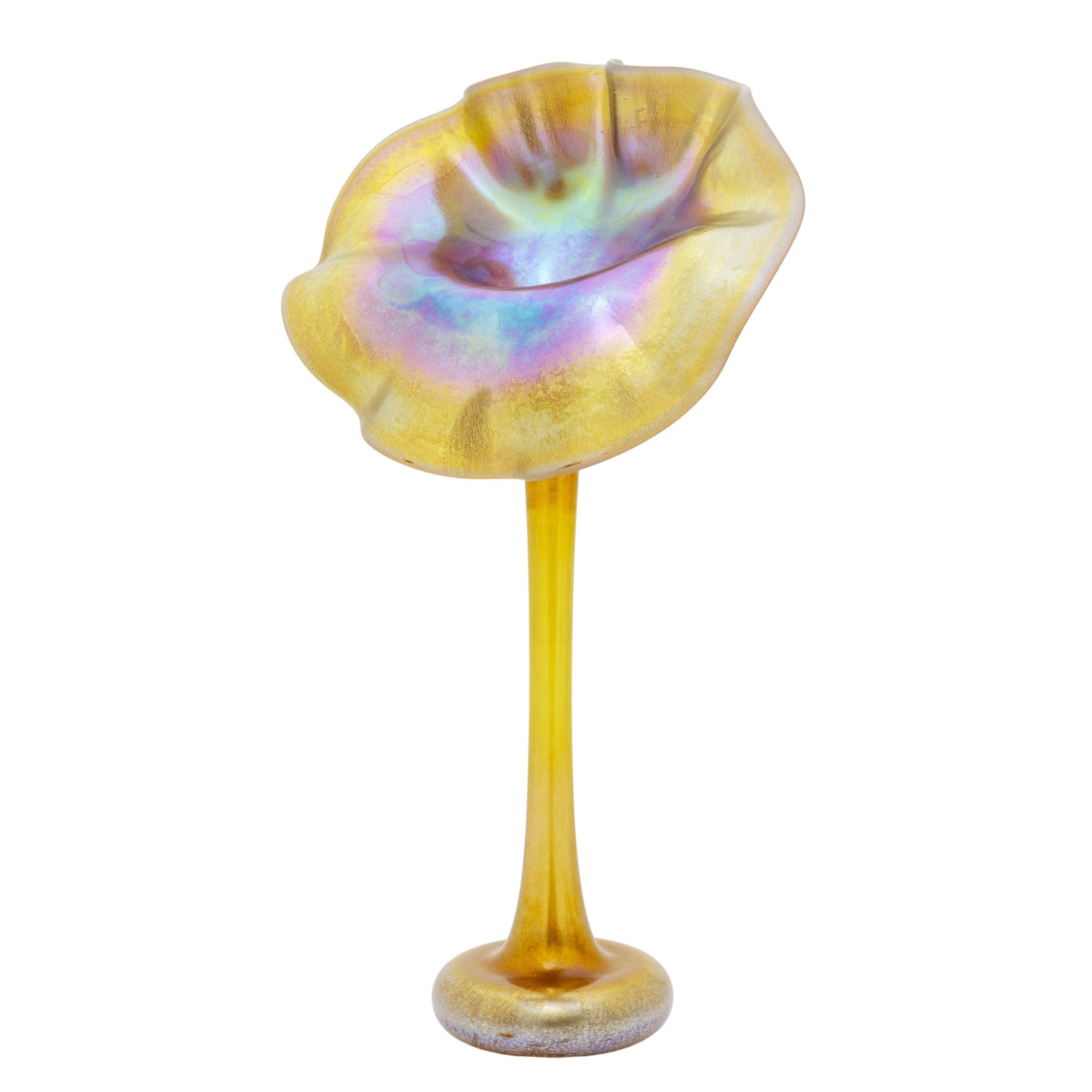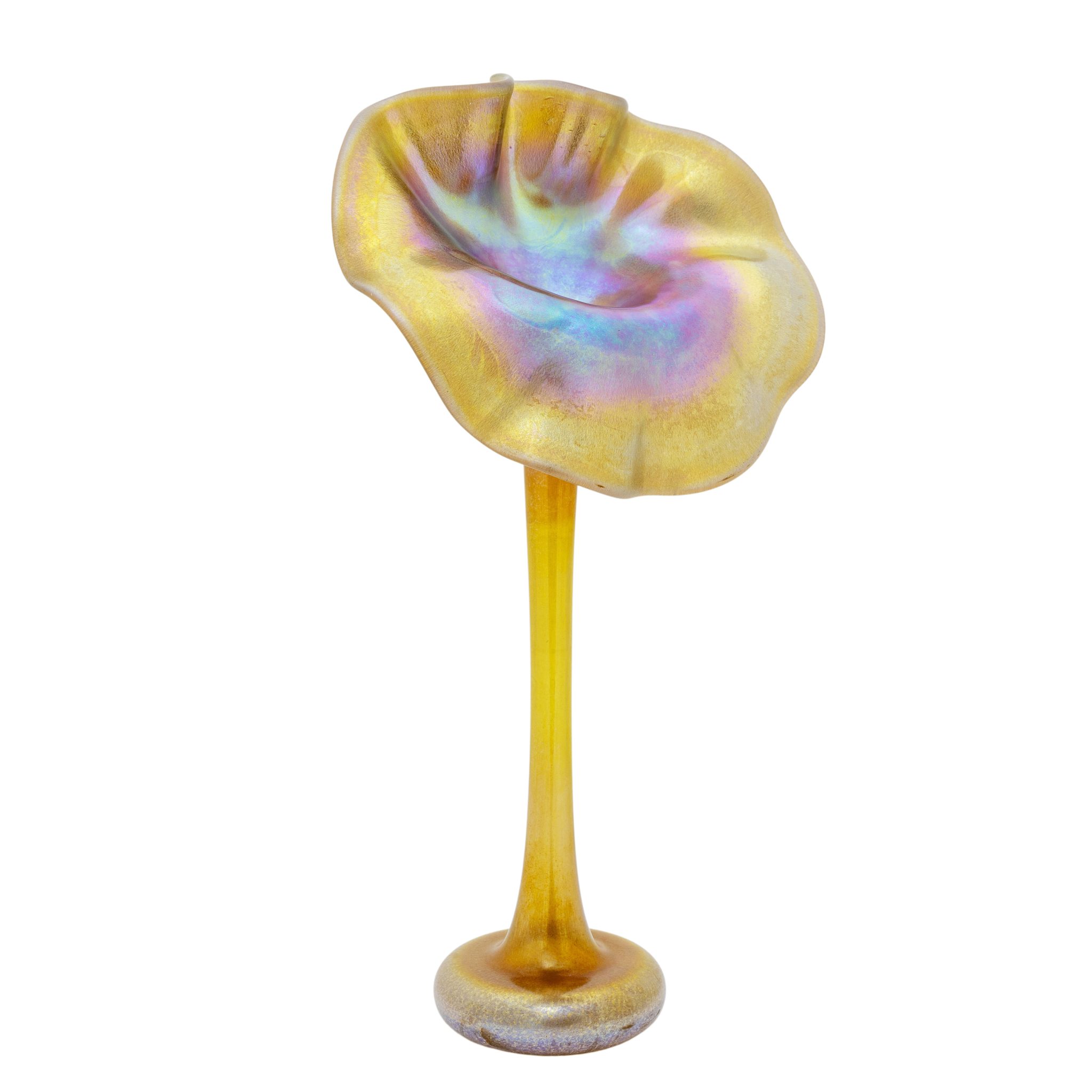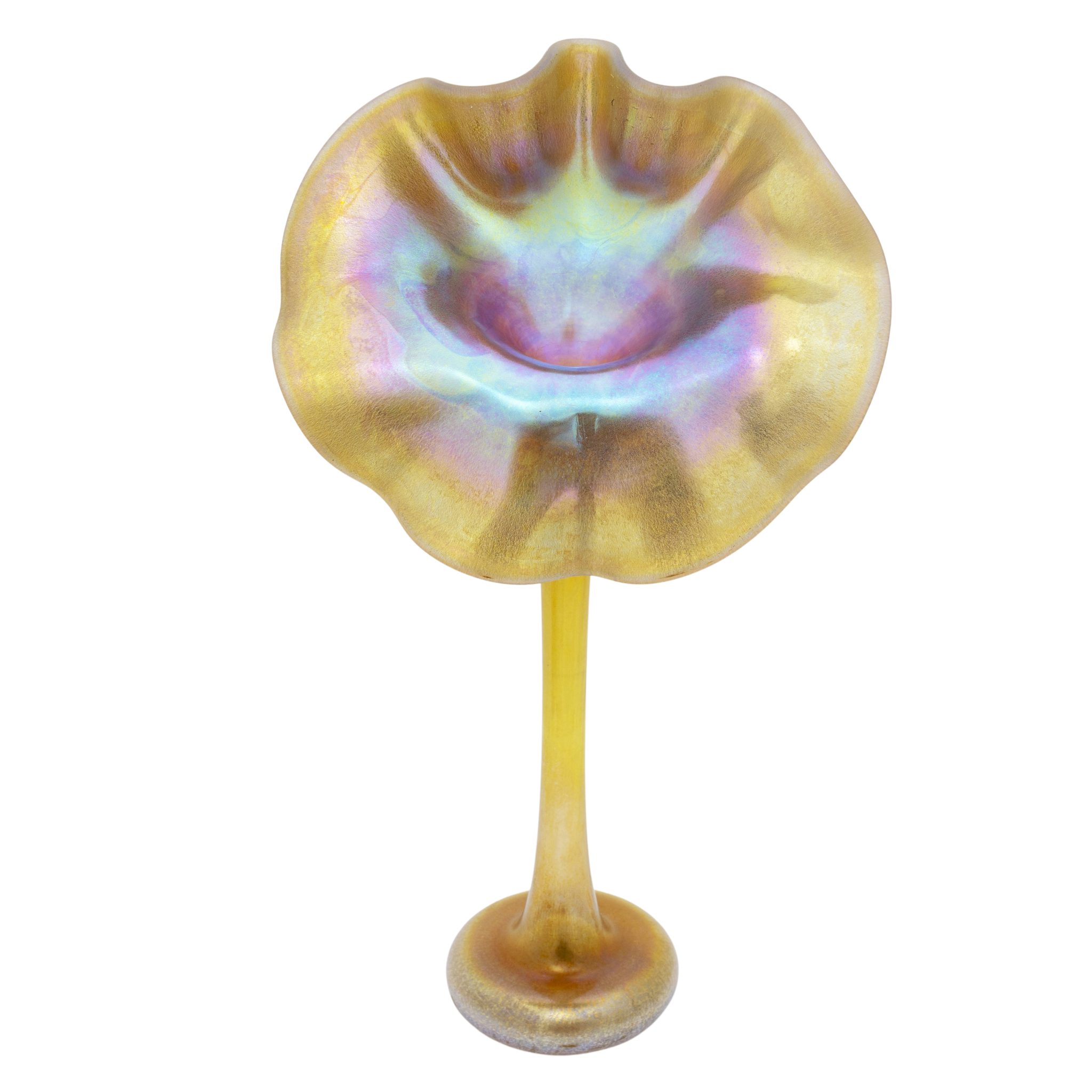Tiffany Jack-in-the-Pulpit vase 1909
Jack-in-the-Pulpit vase, Louis Comfort Tiffany, Tiffany Studios New York, 1909, favrile glass, signed
Description
The company Louis Comfort Tiffany was one of the most important and most famous art manufactures in the USA around the turn of the century. In addition to the well-known Tiffany lamps and leaded glass mosaic windows, the glass vases are among the most significant objects made by Louis Comfort Tiffany in New York.
This Favrile glass creation, known as the “Jack in the Pulpit” vase from the Tiffany Studios in New York, begins with a bulbous base in deep tones of striped, iridescent yellow and gold. Rising from the base is an elongated, slender neck in a similar color scheme, gradually darkening towards the top. From the narrow neck emerges an outward-facing glass blossom in vibrant ochre, umber, and marigold hues, shimmering through the rippled, iridescent outer edges of the flower.
Artist
Louis Comfort Tiffany (New York 1848 – 1933 New York) was a famous American designer, artist and painter of American Art Nouveau. He was best known for his works in glass colored with metal salts and made a name for himself in the decorative arts at the time. In the course of his career, he created a unique style that combined outstanding craftsmanship with a love for natural shapes and bright colors. Nature had always been his inspiration and in his designs he tried, in his very own way, to capture its beauty forever. Tiffany designed lamps, glass mosaics, lead glass windows, glass vases, ceramics, jewellery, enamel and metalwork. Among the highlights of his work were countless high awards, including a Grand Prix at the 1900 Paris World Exhibition and his life's work “Laurelton Hall”, an 84-room home for his family in Long Island, New York.
Execution
In 1880, Louis Comfort Tiffany founded the "Associated Artists", in partnership with Lockwood De Forest, specialist in furniture and woodwork, Candace Wheeler, designer and textile specialist, and the painter Samuel Colman. The partnership has produced all kinds of decorative objects, including lighting, flooring, windows, mosaics and furniture. Together, the members of this partnership decorated many famous homes and buildings, including Mark Twain's home in Hartford, the former White House lobby, and the Veterans Room in the Park Avenue Armory. Later, Tiffany built large workshops with glass furnaces in Corona in Queens, New York. Together with Arthur Nash, a trained master glassmaker from Stourbridge, the desire grew to concentrate on glass art. These efforts led to the dissolution of the "Associated Artists" in 1885. In the same year, Tiffany founded his own glassmaking company, the "Tiffany Glass Company", which became known as "Tiffany Studios" in 1902. There, the high-quality glass products, for which Tiffany became so famous, were designed and produced under his own strict supervision and high quality standards. The Tiffany Studios in New York closed in 1930, three years before L. C. Tiffany's death.
Inquiry
By submitting the inquiry form, you agree to the use of your data for this inquiry. Privacy Policy
